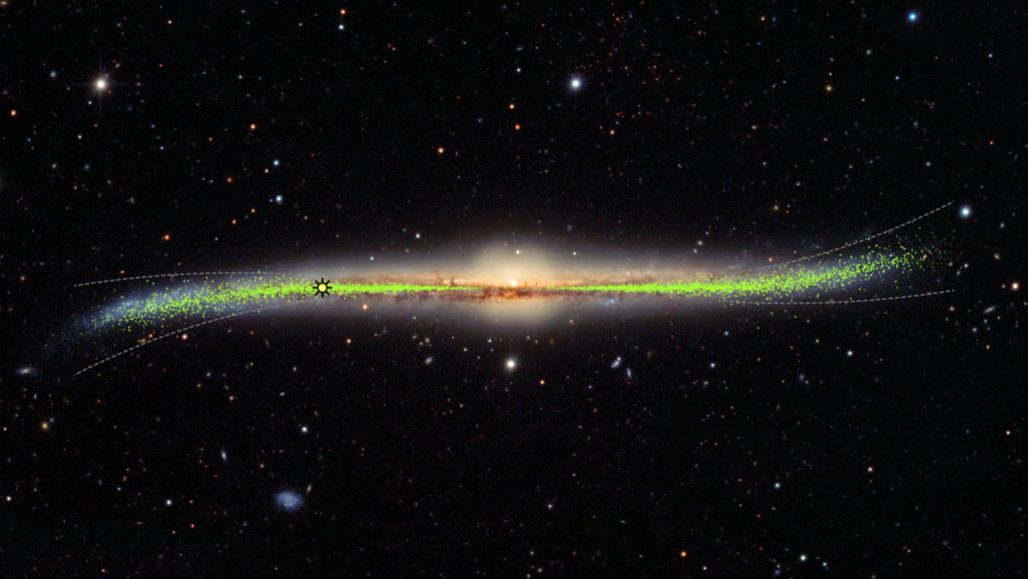3-D Short for three-dimensional. This term is an adjective for something that has features that can be described in three dimensions — height, width and length.
astronomy The area of science that deals with celestial objects, space and the physical universe. People who work in this field are called astronomers.
colleague Someone who works with another; a co-worker or team member.
galaxy A massive group of stars bound together by gravity. Galaxies, which each typically include between 10 million and 100 trillion stars, also include clouds of gas, dust and the remnants of exploded stars.
gravitational lensing The distortion of light by an intense gravitational force, such as what can be exerted by clusters of galaxies — the most massive things in the universe. The gravity can bend or focus light, making it appear brighter and in one or more different places in the sky.
Milky Way The galaxy in which Earth’s solar system resides.
observatory (in astronomy) The building or structure (such as a satellite) that houses one or more telescopes.
optical An adjective that refers to light or vision.
simulation (v. simulate) An analysis, often made using a computer, of some conditions, functions or appearance of a physical system. A computer program would do this by using mathematical operations that can describe the system and how it might change over time or in response to different anticipated situations.
star The basic building block from which galaxies are made. Stars develop when gravity compacts clouds of gas. When they become dense enough to sustain nuclear-fusion reactions, stars will emit light and sometimes other forms of electromagnetic radiation. The sun is our closest star.








